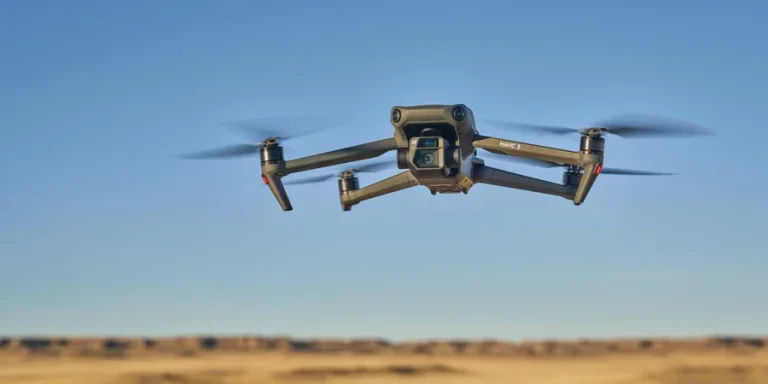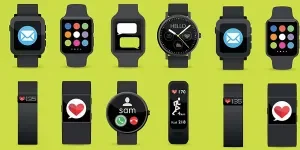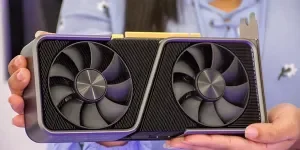Prosumer drones, bridging the gap between consumer and professional-grade technology, have become essential tools in 2024. These advanced aerial devices are revolutionizing industries by offering exceptional capabilities for photography, videography, surveying, and inspection. With features such as high-resolution cameras, extended flight times, and intelligent navigation systems, prosumer drones provide significant advantages. They enable detailed aerial views, streamline complex tasks, and enhance creative projects. By integrating cutting-edge technology with user-friendly interfaces, these drones help businesses achieve higher efficiency and innovation, making them invaluable assets for various applications.
Table of Contents
1. Types and uses of prosumer drones
2. Current market overview
3. Essential tips for choosing prosumer drones
4. Top models and their standout features
5. Conclusion
Types and uses of prosumer drones
Camera drones
Camera drones are at the forefront of aerial imaging technology, providing exceptional capabilities for capturing high-quality visuals. These drones are equipped with advanced cameras capable of shooting in 4K or even higher resolutions, making them indispensable tools for photographers, videographers, and content creators. For instance, the DJI Mini 4 Pro stands out with its compact design and powerful 4K60 HDR video capabilities, making it ideal for capturing stunning visuals in various settings. Similarly, the DJI Air 2S, with its Type 1 sensor and 5.4K30 video, offers superior image quality and versatility, catering to both hobbyists and professionals who need crisp, detailed footage for their projects.
High-performing models like the DJI Mavic 3 Pro further enhance the camera drone market with their advanced features. The Mavic 3 Pro boasts a Hasselblad camera and multiple sensors, providing unparalleled video quality and stability. This model is particularly favored by professionals in fields such as filmmaking and real estate, where high-resolution aerial shots are crucial. Camera drones not only capture breathtaking landscapes but also play a vital role in industries requiring detailed aerial surveys and inspections.
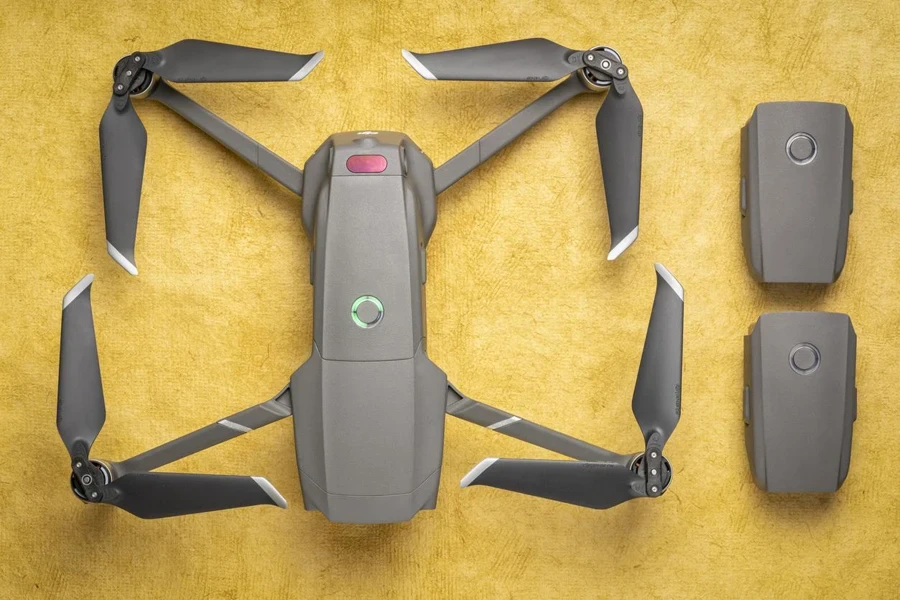
Racing drones
Racing drones bring a thrilling aspect to the world of unmanned aerial vehicles. Designed for speed and agility, these drones are built to navigate complex courses at high velocities, making them perfect for competitive flying. Racing drones are equipped with powerful motors, lightweight frames, and advanced flight control systems that allow for precise maneuvers and rapid acceleration. Models like the DJI FPV (First-Person View) Combo offer a unique blend of speed and control, providing pilots with an immersive racing experience.
Top models in the racing drone category, such as those used in professional leagues, are designed to withstand the rigors of high-speed competition. These drones often feature reinforced frames, high-performance batteries, and customizable components, allowing pilots to fine-tune their machines for optimal performance. The thrill of racing drones lies in their ability to execute sharp turns, flips, and rolls, making them a favorite among enthusiasts who seek adrenaline-pumping aerial action.
FPV (first-person view) drones
FPV drones provide an immersive flying experience, allowing pilots to see from the drone’s perspective in real-time through specialized goggles. This technology is widely used in both recreational and professional applications, including drone racing, videography, and inspection tasks. The DJI Avata Pro-View Combo is a leading model in this category, offering high-quality 4K video and propeller guards for safer indoor and outdoor flights. This model’s user-friendly controls and self-stabilizing modes make it accessible for newcomers while still offering advanced features for experienced pilots.
FPV drones are celebrated for their ability to navigate through tight spaces and capture dynamic footage from unique angles. This capability is particularly valuable in fields like real estate, where detailed interior shots are required, and in sports, where drones can follow athletes closely during action-packed events. The immersive nature of FPV drones also enhances creative projects, providing filmmakers and content creators with new ways to tell their stories.
Specialized drones
Specialized drones are tailored for specific tasks, offering unique features and capabilities that cater to particular industries. For instance, drones designed for surveying and mapping come equipped with advanced sensors and software that enable precise data collection and analysis. These drones are essential tools in construction, agriculture, and environmental monitoring, where accurate aerial surveys are crucial for planning and decision-making.
In agriculture, drones like the DJI Agras series are used for crop monitoring and spraying. These drones can cover large areas quickly, providing farmers with detailed insights into crop health and helping optimize pesticide and fertilizer use. Similarly, drones equipped with thermal imaging cameras are used in search and rescue operations, providing critical support in locating missing persons and assessing disaster-stricken areas.
Specialized drones like the Autel Robotics Evo Lite+ also play a significant role in industrial inspections, offering extended flight times and high-resolution imaging capabilities. These drones are used to inspect infrastructure such as bridges, power lines, and pipelines, where detailed aerial views are necessary to identify potential issues and ensure safety. By integrating cutting-edge technology with task-specific features, specialized drones enhance efficiency and effectiveness across various sectors.
Current market overview
Market growth and trends
The prosumer drone market has experienced significant growth from 2023 to 2024. According to industry reports, the global drone market is expected to reach over $58 billion by 2024, driven by advancements in technology and increasing applications across various sectors. One of the key trends fueling this growth is the integration of artificial intelligence and machine learning in drones, enhancing their capabilities in data analysis, autonomous flight, and obstacle avoidance. These technological advancements make drones more efficient and versatile, appealing to a broader range of professional applications.
Moreover, the demand for high-resolution imaging and video capabilities continues to rise, particularly in industries such as real estate, construction, and media production. Drones like the DJI Mavic 3 Pro and the DJI Air 2S, equipped with advanced camera systems, are becoming essential tools for professionals who require detailed and high-quality aerial footage. Additionally, the development of compact and portable drone models, such as the DJI Mini 4 Pro, has made it easier for professionals to carry and deploy drones in various environments, further driving market adoption.
Experts currently value the global prosumer drone market at US$ 30.2 billion in 2024 and project it to reach US$ 48.5 billion by 2029. They estimate this growth will occur at a 9.9% compound annual growth rate (CAGR) from 2024 to 2029.

Regional analysis
The prosumer drone market shows a diverse distribution of demand across different regions. North America remains a leading market, driven by high adoption rates in the United States and Canada. The U.S. Federal Aviation Administration (FAA) has streamlined regulations for commercial drone use, which has encouraged businesses to invest in drone technology for various applications, from aerial inspections to agricultural monitoring. The presence of major drone manufacturers and technology companies in North America also contributes to the region’s dominance in the market.
In Europe, the market is also experiencing robust growth, with countries like Germany, France, and the United Kingdom leading the way. The European Union’s implementation of standardized drone regulations has created a favorable environment for drone operations, promoting innovation and investment in drone technology. European companies are increasingly using drones for infrastructure inspections, environmental monitoring, and media production, driving demand for high-performance prosumer drones.
Asia-Pacific is another rapidly growing market for prosumer drones, particularly in China, Japan, and South Korea. China, home to leading drone manufacturer DJI, has a significant influence on the global drone market. The widespread adoption of drones in agriculture, construction, and logistics in the Asia-Pacific region is boosting market growth. Additionally, government initiatives to support drone technology and innovation are fostering a competitive landscape, encouraging local companies to develop and deploy advanced drone solutions.
Emerging markets in Latin America and the Middle East are also showing promising growth potential. Countries in these regions are beginning to recognize the benefits of drone technology in sectors such as oil and gas, mining, and infrastructure development. As regulatory frameworks evolve to accommodate commercial drone operations, the demand for prosumer drones is expected to increase, further expanding the global market.
Essential tips for choosing prosumer drones
Budget and cost
When considering the purchase of prosumer drones, understanding the financial aspects is crucial. The upfront costs of these drones can range significantly, from a few hundred to several thousand dollars, depending on the model and its capabilities. For example, the DJI Mini 4 Pro, an entry-level option, is priced around $759, whereas the DJI Mavic 3 Pro, a high-end model, can cost upwards of $2,199. Beyond the initial purchase price, additional expenses should be factored in, including spare batteries, propellers, storage cases, and possibly repair costs. Investing in comprehensive insurance for the drone is also advisable to cover potential damage or loss.
To maximize value, it is beneficial to create a detailed budget that accounts for both the initial investment and ongoing maintenance costs. Allocating funds for high-quality accessories can enhance the drone’s performance and longevity. Additionally, taking advantage of discounts during sales events and exploring financing options can help manage expenses effectively. Considering refurbished models from reputable sellers can also provide cost savings without compromising on quality.
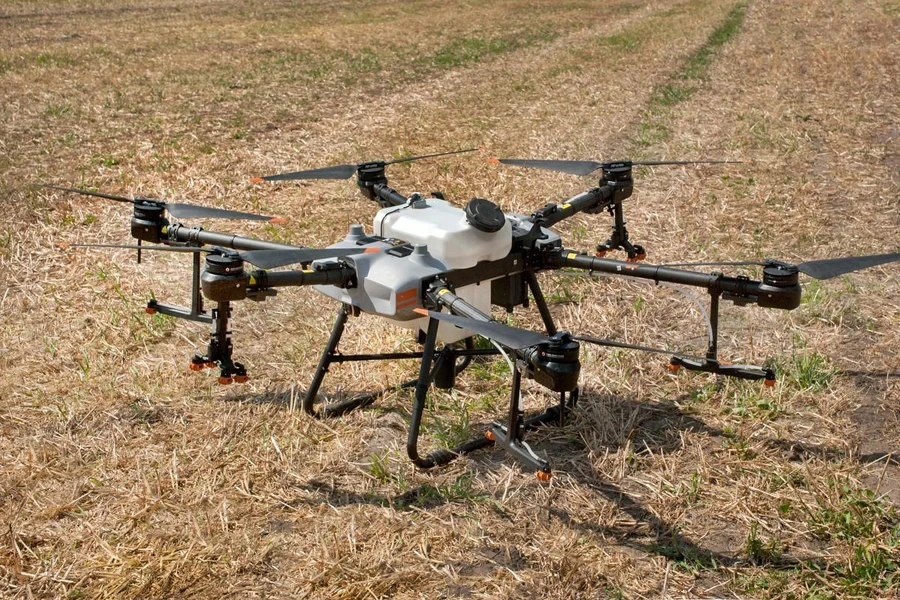
Features and specifications
Selecting the right prosumer drone requires careful evaluation of its features and specifications to match specific professional needs. Key features to consider include camera quality, battery life, and obstacle avoidance systems.
Camera Quality: High-resolution cameras are essential for capturing detailed aerial imagery and videos. For instance, the DJI Mavic 3 Pro features a 4/3 CMOS Hasselblad camera capable of 5.1K video at 50 fps, offering exceptional image quality that is critical for professional photography and videography. The DJI Air 2S, with its 1-inch sensor, also provides outstanding image quality, supporting 20 MP stills and 5.4K video recording, making it suitable for high-resolution tasks.
Battery Life: Long battery life ensures extended flight times, which is crucial for tasks such as surveying large areas or conducting prolonged inspections. The DJI Mavic 3 Classic offers a maximum flight time of 46 minutes, enabling comprehensive aerial surveys and extended filming sessions. The DJI Mini 4 Pro, though smaller, provides a respectable 34-minute flight time, balancing portability with endurance.
Obstacle Avoidance: Advanced obstacle avoidance technology enhances safety by preventing collisions, making it a vital feature for operations in complex environments. The DJI Mavic 3 Pro includes omnidirectional obstacle sensing, using multiple vision sensors to detect obstacles in all directions. This feature is particularly valuable in urban settings or when navigating through dense vegetation.
Payload Capacity: Considering the drone’s payload capacity is important if additional equipment, such as specialized sensors or cameras, will be attached. Drones like the DJI Matrice 300 RTK are designed to carry heavier payloads, supporting a variety of industrial applications including LiDAR scanning and thermal imaging. This flexibility makes them ideal for professional use in fields such as agriculture, inspection, and mapping.
Flight Modes and GPS: Automated flight modes and GPS functionality can simplify operations, enabling more precise and efficient workflows. The DJI Air 2S features intelligent flight modes such as ActiveTrack 4.0, Point of Interest 3.0, and Waypoints 2.0, allowing for automated, repeatable flight paths that are essential for consistent data collection.
Evaluating these specifications in the context of the intended application ensures that the chosen drone meets the necessary performance standards. For example, a real estate company might prioritize camera quality and obstacle avoidance for detailed property surveys, while an agricultural business might focus on battery life and payload capacity for comprehensive crop monitoring.
Regulatory compliance
Navigating regulatory compliance is a critical step in the acquisition and operation of prosumer drones. Different regions have varying regulations regarding drone usage, and it is essential to adhere to these legal requirements. In the United States, drones weighing more than 250 grams must be registered with the Federal Aviation Administration (FAA), and operators need to pass the Part 107 certification for commercial use. Similar regulations apply in the United Kingdom, where drone operators must pass an online education course and register their drones.
Comparing regulatory landscapes across regions helps in understanding the specific requirements and restrictions. For instance, some countries may have stricter no-fly zones or higher registration fees. Staying informed about local regulations ensures legal operation and helps avoid fines or penalties. Additionally, keeping abreast of changes in drone laws can help operators stay compliant and leverage new opportunities as they arise.
Brand reputation and support
Choosing a drone from a reputable brand is crucial for ensuring reliability and access to quality support. Leading brands like DJI, Autel Robotics, and Parrot have established themselves by consistently delivering high-performance drones and robust customer support. These brands typically offer comprehensive warranties, extensive documentation, and responsive customer service, which are invaluable in addressing any technical issues or maintenance needs.
The availability of support centers and repair services is another important consideration. Brands with widespread service networks can provide quicker and more efficient support, minimizing downtime. Additionally, engaging with user communities and forums associated with reputable brands can offer practical insights and troubleshooting tips from experienced users. Prioritizing brand reputation and support infrastructure helps ensure a smoother and more productive ownership experience.
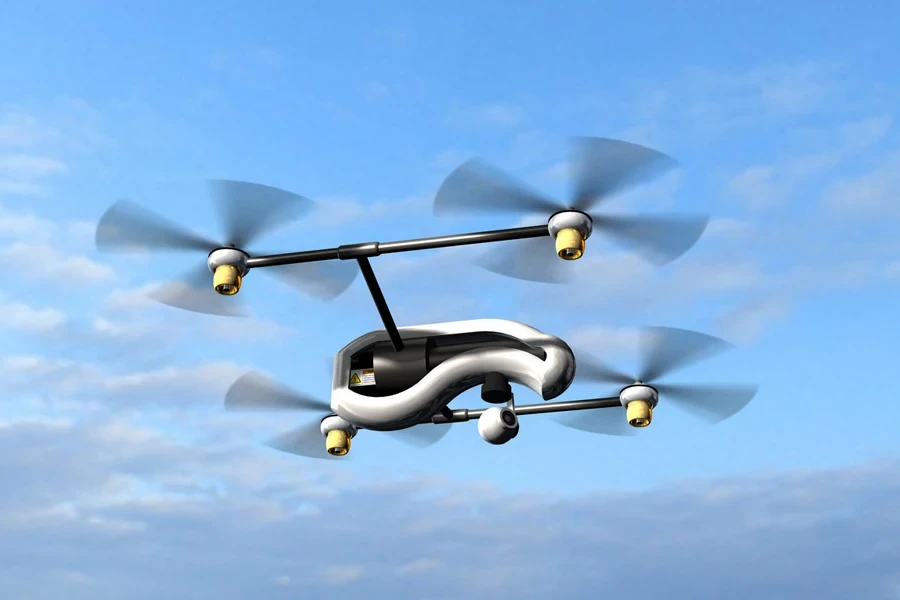
Top models and their standout features
DJI Mini 4 Pro
The DJI Mini 4 Pro is an ultra-compact, high-performance drone, perfect for creators on the move. It features a 4K60 HDR camera and a 48 MP sensor, delivering stunning image quality. Despite its lightweight build at 249 grams, which exempts it from FAA registration, it doesn’t compromise on features. The Mini 4 Pro includes full 360-degree obstacle avoidance, ensuring safe flights even in complex environments. With a flight time of up to 34 minutes, extendable to 45 minutes with an optional larger battery, it offers substantial airtime for capturing detailed visuals.
Pros:
- Portability: Small and lightweight, ideal for travel.
- Video Quality: 4K60 HDR video and 48 MP stills.
- Safety: Comprehensive obstacle avoidance.
- Ease of Use: User-friendly controls and automated flight modes.
Cons:
- Limited Features: Lacks AirSense transponder.
- Registration: Extended battery option requires FAA registration.
Ideal Applications:
The Mini 4 Pro is well-suited for social media content creation, travel photography, and casual videography. Its portability and high-quality imaging make it an excellent choice for influencers and hobbyists needing a reliable and easy-to-carry drone.
DJI Air 2S
The DJI Air 2S offers a blend of advanced imaging capabilities and robust safety features, making it a favorite among professionals. It is equipped with a 1-inch sensor that captures 20 MP stills and 5.4K video at 30 fps, providing exceptional image quality and dynamic range. The Air 2S includes obstacle detection in four directions and the ADS-B AirSense system for enhanced safety. With a flight time of up to 31 minutes, it supports extended operations, making it ideal for in-depth aerial surveys and creative projects.
Pros:
- Image Quality: 1-inch sensor for 20 MP stills and 5.4K video.
- Safety Features: Comprehensive obstacle detection and ADS-B AirSense.
- Flight Time: Up to 31 minutes of flight per charge.
- Intelligent Modes: Features like MasterShots and FocusTrack.
Cons:
- Storage: Limited internal storage of 8 GB.
- Registration: Requires FAA registration.
Ideal Applications:
The Air 2S excels in professional photography, videography, and survey work. Its high-resolution camera and advanced safety features make it a reliable tool for capturing detailed aerial footage in various professional contexts.
Autel Robotics Evo Lite+
The Autel Robotics Evo Lite+ is known for its extended flight times and versatile camera performance. It features a 1-inch sensor capable of capturing 20 MP photos and 6K video at 30 fps, with a variable aperture from f/2.8 to f/11. This flexibility allows better control over exposure and depth of field, essential for professional video and photography. The Evo Lite+ supports three-way obstacle avoidance, enhancing flight safety.
Pros:
- Video Quality: 6K video and 20 MP photos.
- Aperture Control: Variable aperture for better exposure control.
- Flight Time: Up to 40 minutes per charge.
- Safety: Three-way obstacle sensors.
Cons:
- Video Profiles: Limited color video profile configuration.
- Price: Higher cost compared to some competitors.
Ideal Applications:
The Evo Lite+ is suitable for extended aerial missions, professional video production, and high-resolution photography. Its long flight time and advanced camera capabilities make it a valuable asset for creators requiring prolonged aerial coverage and flexible exposure settings.
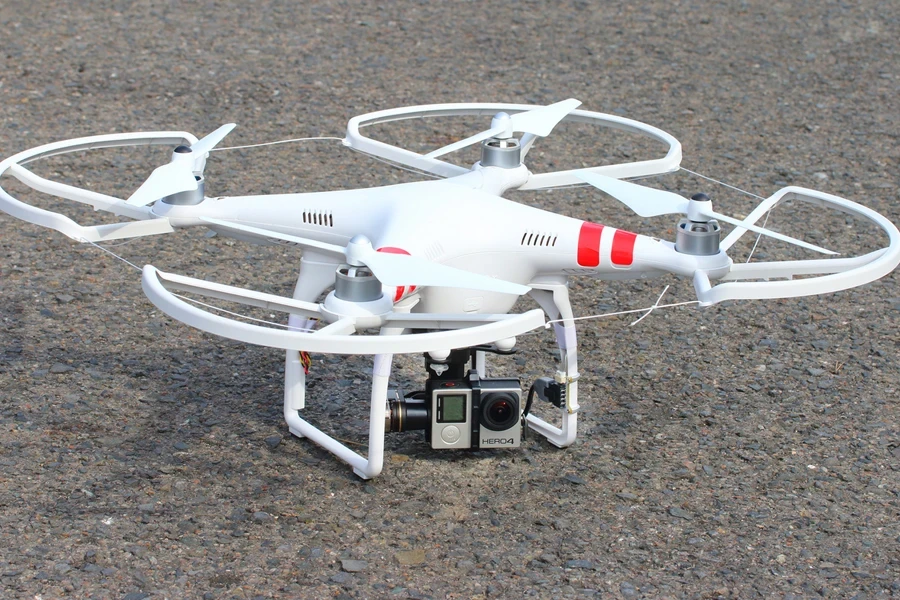
DJI Mavic 3 Pro
The DJI Mavic 3 Pro is designed for high-end professional use, featuring a Four Thirds CMOS sensor with a Hasselblad camera capable of 5.1K video at 50 fps and 20 MP stills. It includes a triple-camera system for versatile imaging and omnidirectional obstacle sensing for comprehensive protection. With up to 43 minutes of flight time, the Mavic 3 Pro supports extensive shooting sessions, making it ideal for professional filmmakers and creative projects.
Pros:
- Imaging: Hasselblad camera with 5.1K video and 20 MP stills.
- Flight Time: Long 43-minute flight duration.
- Safety: Omnidirectional obstacle sensing.
- Storage: Option for 1 TB SSD storage in the Cine version.
Cons:
- Cost: High price point.
- Registration: Requires FAA registration.
Ideal Applications:
The Mavic 3 Pro is perfect for cinematography, high-end videography, and professional photography. Its advanced imaging system and long flight time make it an indispensable tool for demanding creative projects.
DJI Avata 2
The DJI Avata 2 is an FPV drone designed for immersive, high-speed flights. It features a 1/1.7-inch sensor camera that captures 4K video at 60 fps, providing excellent image quality for dynamic action shots. The drone’s integrated propeller guards and robust design make it suitable for indoor and outdoor use. With a maximum flight speed of 60 mph and a flight time of up to 23 minutes, the Avata 2 is built for thrill-seekers and creative professionals.
Pros:
- Video Quality: 4K60 video for high-speed action shots.
- Design: Durable with integrated propeller guards.
- Speed: Fast and agile, with a top speed of 60 mph.
- User Experience: Supports both automatic and manual flight modes.
Cons:
- Low-Light Performance: Less effective in low-light conditions.
- Controller: Pistol grip remote may not appeal to all users.
Ideal Applications:
The Avata 2 is ideal for capturing dynamic, high-energy footage in sports and action-packed environments. Its immersive FPV experience and robust design make it suitable for both professional videographers and enthusiasts looking to explore first-person view flight.
Conclusion
Selecting the best prosumer drones in 2024 requires careful consideration of various factors, including budget, features, regulatory compliance, and brand reputation. Models like the DJI Mini 4 Pro and DJI Air 2S offer excellent imaging and flight performance for content creators and professionals, while the Autel Robotics Evo Lite+ provides extended flight times and versatile camera options. The DJI Mavic 3 Pro is ideal for high-end video production with its advanced Hasselblad camera, and the DJI Avata 2 caters to those seeking immersive FPV experiences. By evaluating these key aspects, businesses can choose drones that best meet their operational needs and maximize their investment.
